Violence on doctors as a neglect of healthcare
Teaches Anthropology at Visva-Bharathi University, Santiniketan.
My father, with his ‘middle class’ worldview and aspiration for a good life for his children, wanted at least one of us to become doctors. He stressed there are three gods (mother, teacher, and doctor) that roam the earth in human form. While the mother gives birth, the teacher provides meaning to life, and the doctor brings back life from the clutches of death. Growing up hearing this, I always had great respect for the medical profession. Doctors not only save one from the clutches of death, but during the pandemic situation such as Corona, Ebola, etc., they also put their lives in danger. Doctors are referred metaphorically as gods by the relatives of the patients who were saved from death.
However, the current situation seems to be changing. The very ‘gods’ are under attack by the relatives of the patients and need police protection to carry on their duties. On 11 April 2020, the Ministry of Home Affairs issued a notice to the States and UTs to provide adequate security to the doctors. It became daily news to see the agitation of the junior doctors in various states- asking to provide protection to them in their workplace. What changed? How did the doctors go from being gods to being attacked? Can the central legislation in this regard make the doctors safe at their working places? These are some questions that need to be analyzed.
Before the intervention of State and Market, the local communities played a vital role in governing the life of the individuals (Yuval Noah Harari, 2014). The families were taking care of the psychological, physical, and sociological needs of the children. The community at large played an essential role in educating the next generation. However, those who chose to act as teachers in various fields such as music, performing art, martial arts, agriculture, gardening, and other necessary skills to live in a community, commanded a special status in the society. Those who offered medical services such as medico-religious healers, midwives, shaman, those who possess knowledge about herbs, and curing the ailments were given special positions in the social status of the community. These people rendered their medical services for token payments in kind and cash. Those who did not like their services merely approached another healer. Unless people suspected them of performing magic that is evil in nature, these medico-religious healers were never attacked.
Neglect of the healthcare
With the coming of British, and introduction of various occupations that are entwined with the technological advancement of the world, the jobs in the Indian context can be roughly divided into traditional caste-based occupations and modern non-caste based occupations. Irrespective of the tradition and modernity, the teacher and the medical profession carried their aura and commanded respect that they deserve in the society.
With independence from colonial rule, our founders decided to make the government a welfare state and set the nation on the path of socialism. In the name of economic reforms, in 1991, economic liberalization was introduced. India opened its gates for the raise of the private sector and a market-based economy. This allowed the subsequent governments to withdraw from the concept of the welfare state. The introduction of the private sector in education and health- paved the way for the deterioration of the quality in the schools and hospitals run by the public sector. The funds were minimized, recruitments were stopped, the government no more obliged to make services better as the rich could afford access to the private health care, and the poor as usual become voiceless. The illusion of better health care in the private sector was peddled and maintained by the state, media, and private health care sectors.
However, in reality, the services were highly expensive and unaffordable for the majority of the population. Parents are ready to spend more than they could afford for their children’s education in the hope that private sector education may give them an edge over others in this competitive world. Many families, when faced with medical emergencies, chose to approach the private sector as they lacked confidence in the public health sector and feared to lose their near and dear ones. The intervention of the private sector had turned the education as ‘business of hope’ and the health as ‘business of fear.’
When a basic necessity such as education and health was commodified and sold in the market, the community members turned into consumers and wanted services that are worth their money. The same doctors who were considered as gods when they rendered their services to save fellow human beings are being attacked when they treated human beings merely for money. In the private sector, the profits were placed above human lives. The poor are told non-verbally that they could not dream of quality health care; they need to depend on the public health care for which the state spends less every year.
The deteriorating conditions of the public hospital, the medical negligence from the staff, the frustration of the poor that they cannot afford private health care, and having to lose one of their beloved ones amounts to the attack on the doctors and medical staff. The people in frustration hold those that are physically available there, i.e., the medical staff accountable. The people do not see a larger picture and question the government who is responsible for this condition. In the era of profit-seeking, the people would even attack gods in the temples, provided they are physically available, for not fulfilling their wishes.
Reimagining our systems
- If the state abolishes the private health sector and strengthens the public sector hospitals, by drastically increasing the funding, ensuring rich and poor alike are getting the same quality health care.
- Ensuring a primary health care center for every 100 households with a trained medical professional- to diagnose the diseases in their initial stage (See Cuban, Kerala medical system, and the concept of mohalla clinic in Delhi) and minimizing the number of people that are reaching the stage of chronic illness.
- Rise of doctor population ratio. Along with the opening of many medical schools free of cost for those who want to venture into the medical profession.
- Universal free health care for all by placing the human lives above the profits. No matter what the ailment is, the government should provide the treatment free of cost. The needed expertise can be borrowed from other countries through international cooperation.
- By establishing a strong health care machinery at the place, the state would be ready to face any pandemic situation like CoVid-19.
By allowing the private sector, which diminishes the public health care system in India, the government is not only putting the lives of the people at risk but also escaping from its responsibility. Providing better universal health care has both long-run economic gain as a nation and as a morally upright society not to allow the citizens to die because they do not have money for the treatment. Without addressing this more important question, if the government tries to bring the legislation to prevent the attacks on doctors, it would be equivalent to applying ointment to the patient suffering from chronic cancer.
Featured Image Credits: Wikimedia


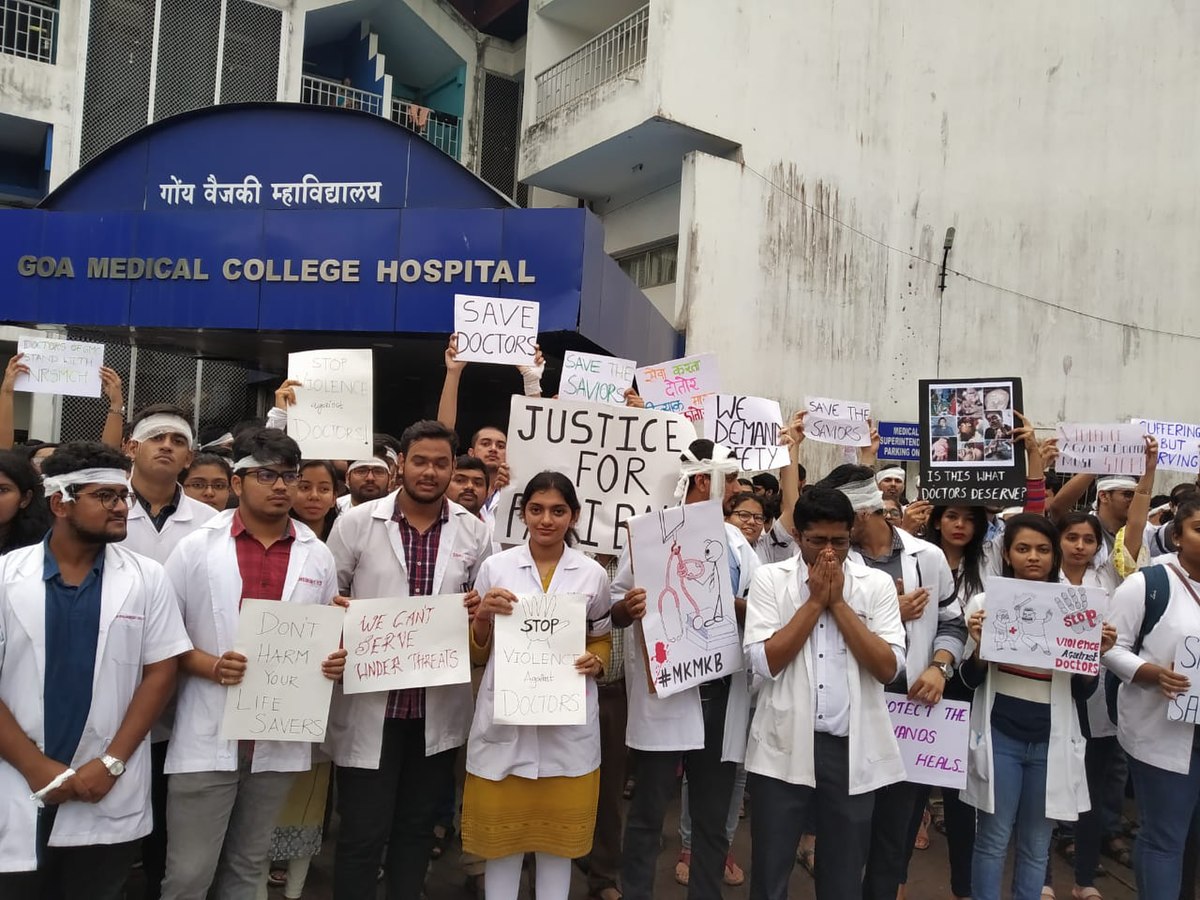
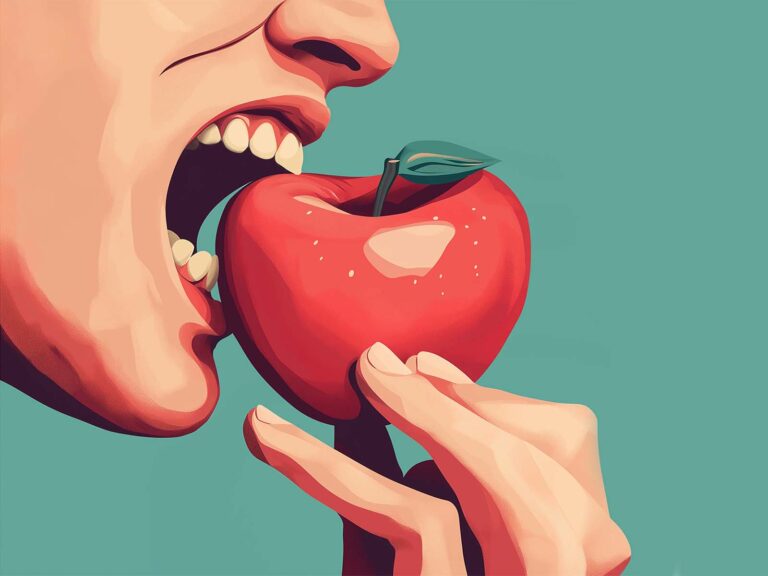
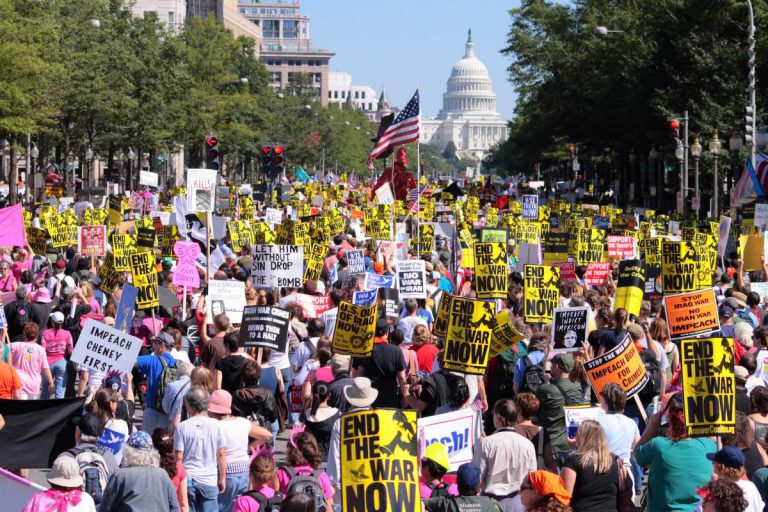
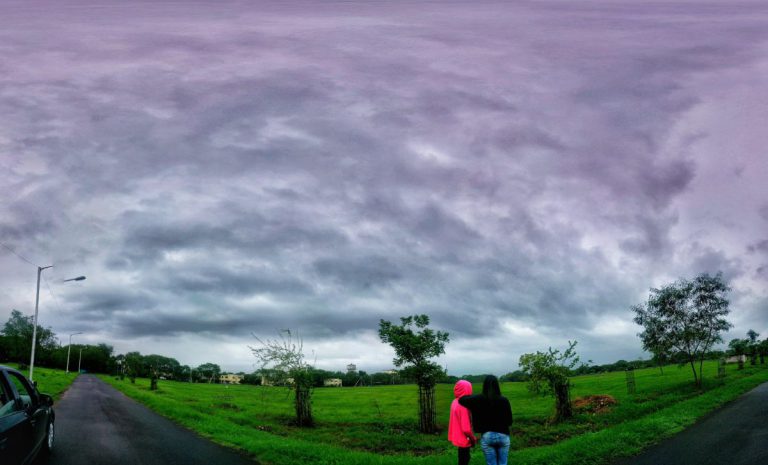
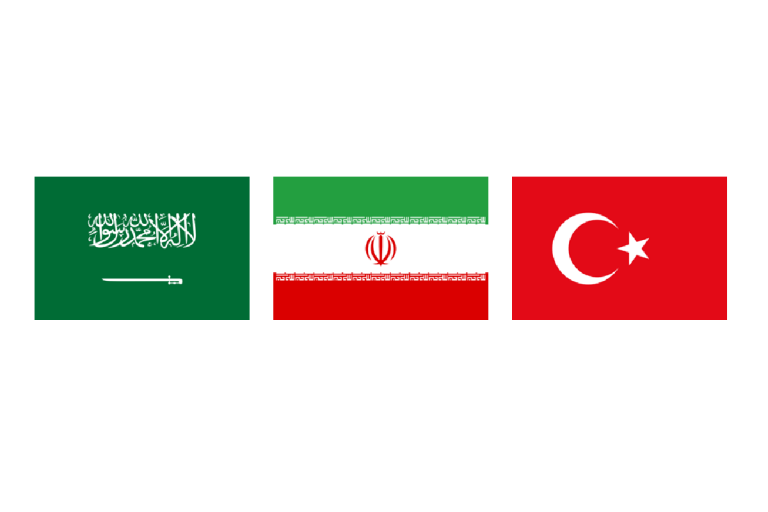
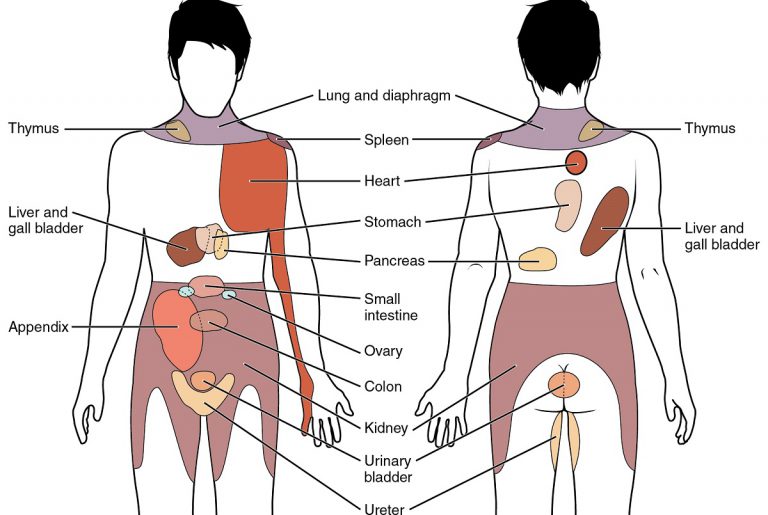
Absolutely agree! True….basic facilities must be available to all no mater what and there should be no compromise.Government, Instead of being a puppet in the hands of the rich it should protect the poor, more measures in that direction help everyone but apart from a very few polices and subsides, we havent encountered anything as such in a while and this itself speaks a lot about our current state.